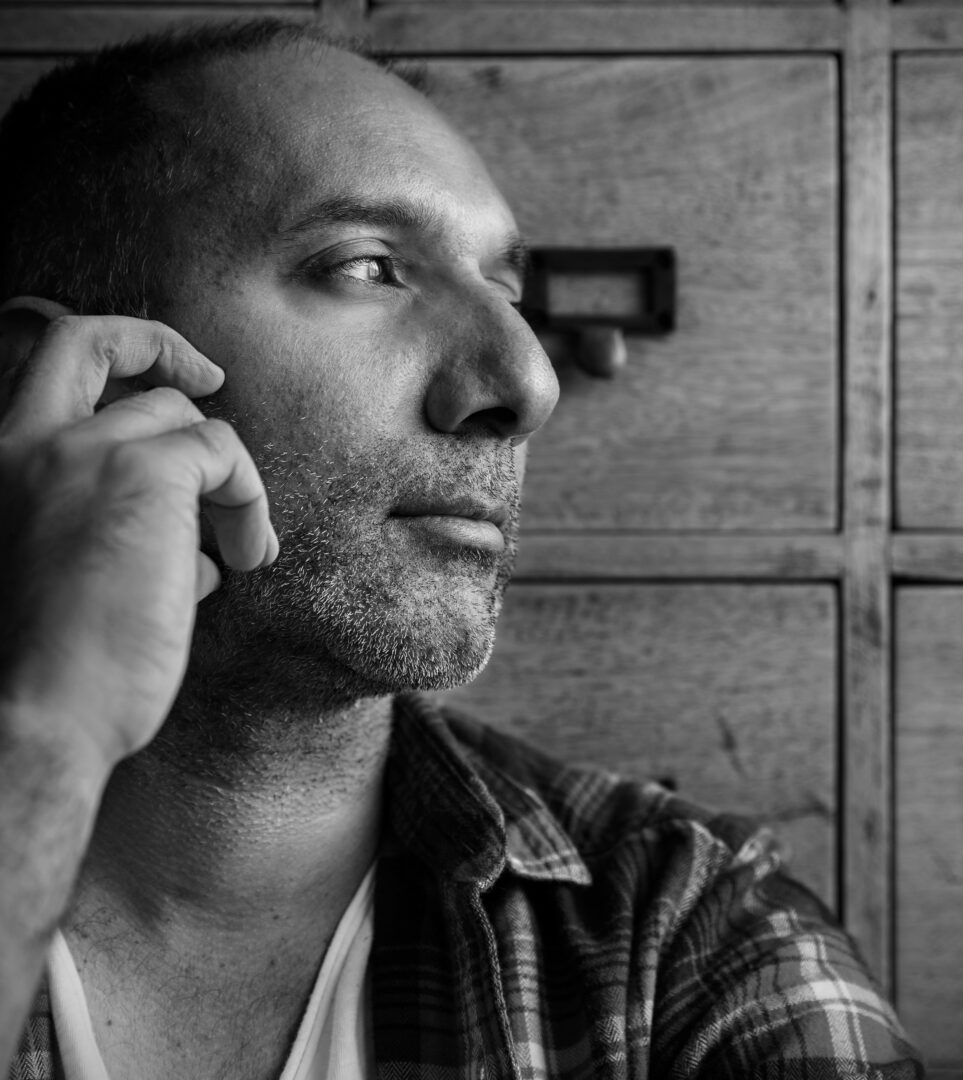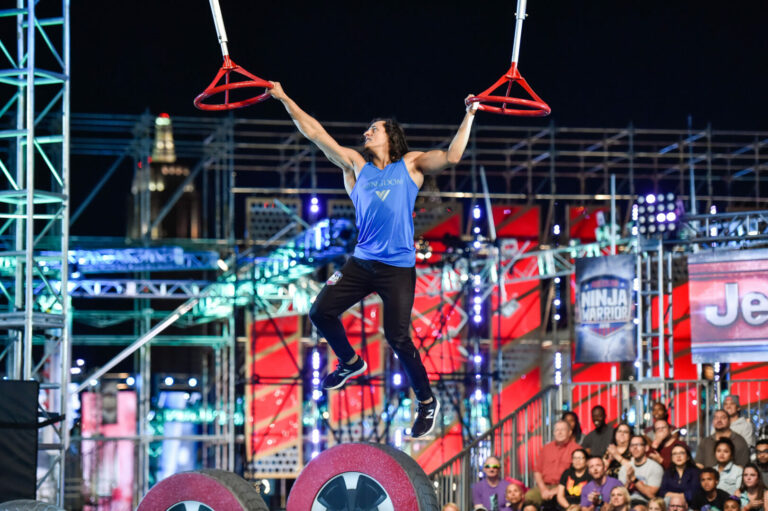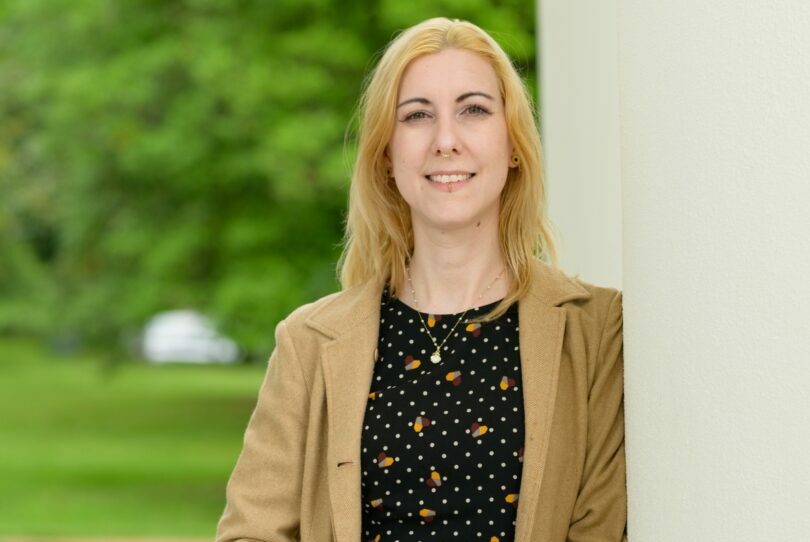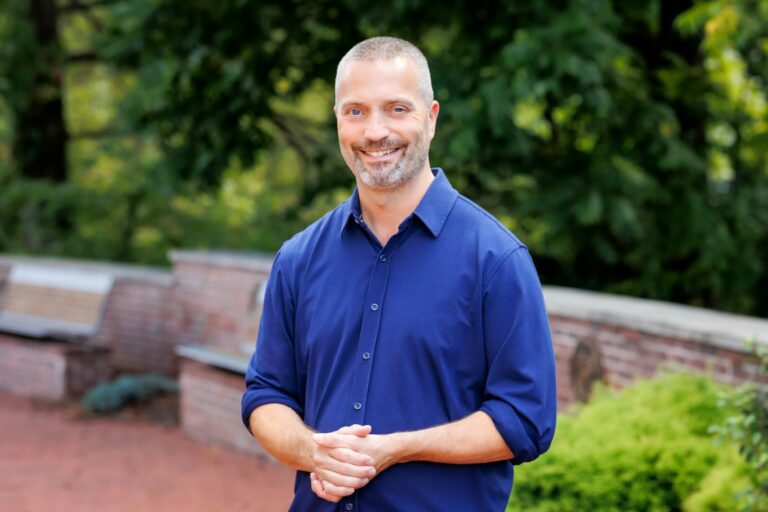We recently connected with Andrew Paranavitana and have shared our conversation below.
Andrew, so great to have you sharing your thoughts and wisdom with our readers and so let’s jump right into one of our favorite topics – empathy. We think a lack of empathy is at the heart of so many issues the world is struggling with and so our hope is to contribute to an environment that fosters the development of empathy. Along those lines, we’d love to hear your thoughts around where your empathy comes from?
I have always believed empathy is developed through personal experience and our ability to see through our own pain and suffering, and transform it into healing and positivity. Personally, this process has helped me see myself in a more balanced way, allowing me to accept the negative aspects of my personality and mindset, and lessen their impact on my behaviour. By seeing myself as flawed and imperfect, my outlook towards others has become much less critical and harsh. This is where my empathy began to build and develop. I was once told that all the things others do to annoy me and stir a negative response are a reflection of the things I dislike or have not accepted about myself. This took a long time to sink in, and for me to accept as true. Once I had healed enough of my trauma and pain I could understand its relevance and truth. Empathy comes from the dismantling of our ego, allowing us the chance to see others from a level of understanding, rather than threats.
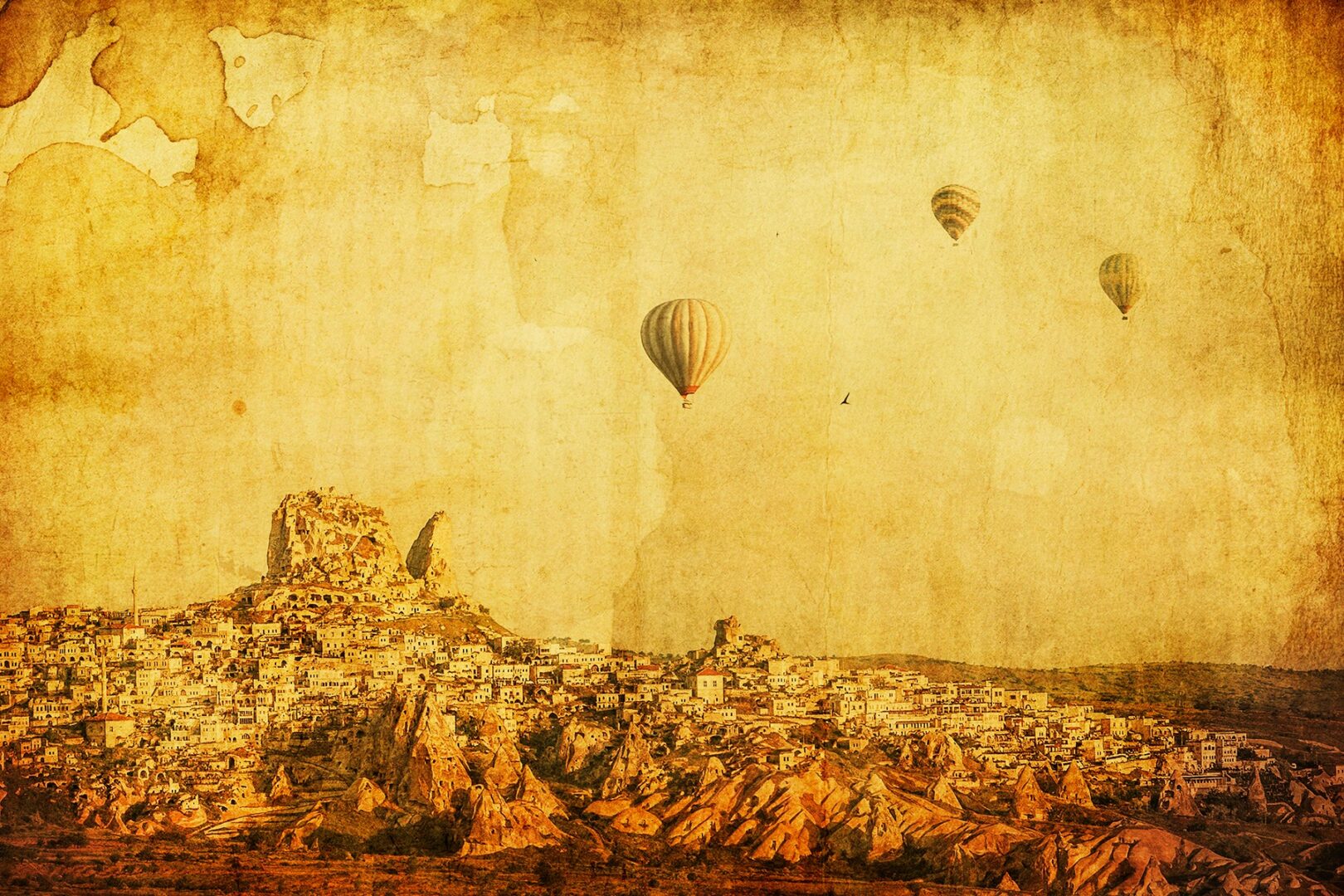
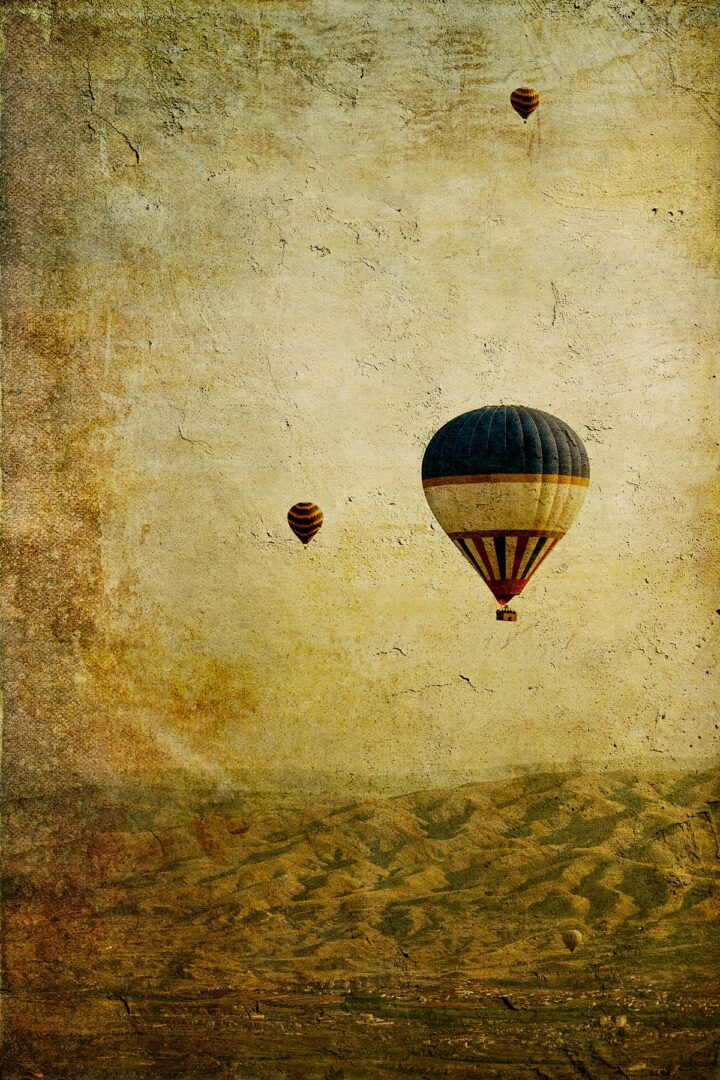
Thanks, so before we move on maybe you can share a bit more about yourself?
Photography has always felt like a part of me. It runs in my family—many relatives have had a passion for photography, and some even worked in the field. My father owned an SLR camera, and seeing it as a child may have sparked my first innate sense of what I could become. At family gatherings, I was often the one handed a camera, tasked with capturing moments through photos and home movies. Though I studied photography in high school, it remained a casual hobby for years, something I enjoyed now and then but never pursued seriously.
That changed in my 30s when I left Melbourne to travel the world for a few months. For my birthday, I was gifted my first digital camera, and from the moment I set off, it rarely left my hands. I photographed everything – cities, landscapes, animals, and everyday scenes, everything except people – immersing myself in the joy of capturing the world around me. Without realizing it at the time, I had opened a Pandora’s box of creative fulfillment, one I knew I never wanted to close.
When I returned home, I began sharing my work online, connecting with a community of artists who encouraged and inspired me. It was during this time that I started exploring Photoshop, experimenting with ways to develop a style of my own. My work gradually took on a more painterly quality, influenced – though I didn’t fully realize it then – by the Renaissance Masters and Impressionist painters. I was learning the art of photo manipulation; blending images together to create something entirely new. I was drawn to heavy texture and rich colour and tone. Photos of parchment paper, concrete and painted surfaces blended with photos I had captured, transforming them into something nostalgic, evocative and sometimes dreamlike.
As I refined my artistic approach, an opportunity arose to study photography full-time. I was already working as an architectural photographer but knew there was still so much to learn. The idea of immersing myself in a professional environment was too compelling to ignore, so I took the leap into an intensive two-year program. It was both one of the most rewarding and challenging experiences of my life, giving me hands-on expertise in every aspect of photography.
I continued working in architectural photography, but it took another decade before I returned to an artistic mindset—picking up where I had left off, ready to create once again. I had spent time working on myself, healing trauma from childhood and strengthening my sense of self. It all came together when I realised artistic expression is my avenue for healing trauma. The presentation of my photographic art is a direct reflection of my past and things that I have experienced.
I haven’t lived a life consumed by darkness. I’ve always been surrounded by supportive family and friends, never truly alone or isolated. But I have experienced moments that pushed me to the edge, times when darkness threatened to take hold. For years, I carried anger and heavy emotions, often feeling blindsided by my own explosive reactions. I was unbalanced, weighed down by the past, and my greatest challenge became finding a way to free myself from it. The journey was long and difficult, but with time came growth, self-awareness, and transformation. I shed the version of myself that thrived on anger, gradually becoming someone lighter, more at peace. I saw this shift reflected in my art—less shadow and heaviness, more light and color. Balance was being restored.
Today, I run my business with a focus on artistic expression, using my work to bridge nostalgia and trauma, darkness and light. I believe we need both to be whole, and through my art, I hope to offer that perspective to others. Looking ahead, I aim to expand my practice into areas that help people heal, using photography and art as a tool for self-discovery. In 2025, I began a partnership with a Sydney-based agency, helping to grow my exposure, license my work commercially, and elevate my artistic profile. Over the next six to twelve months, exhibitions and events are on the horizon. This journey—both personal and professional—is a continuous evolution, just like me.
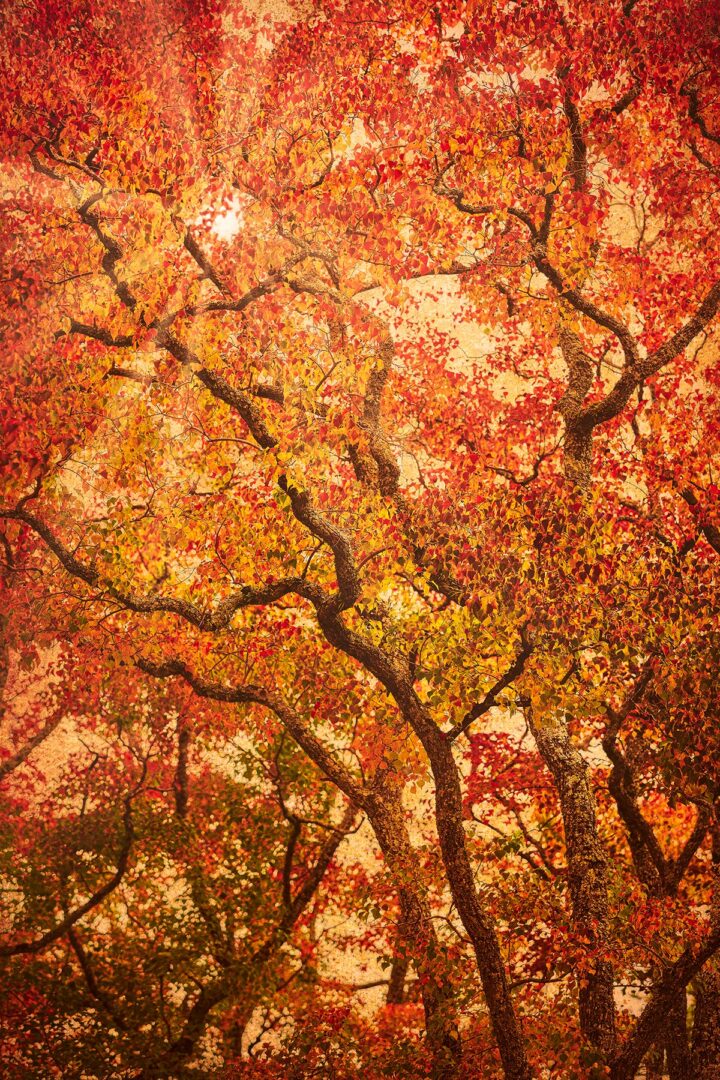
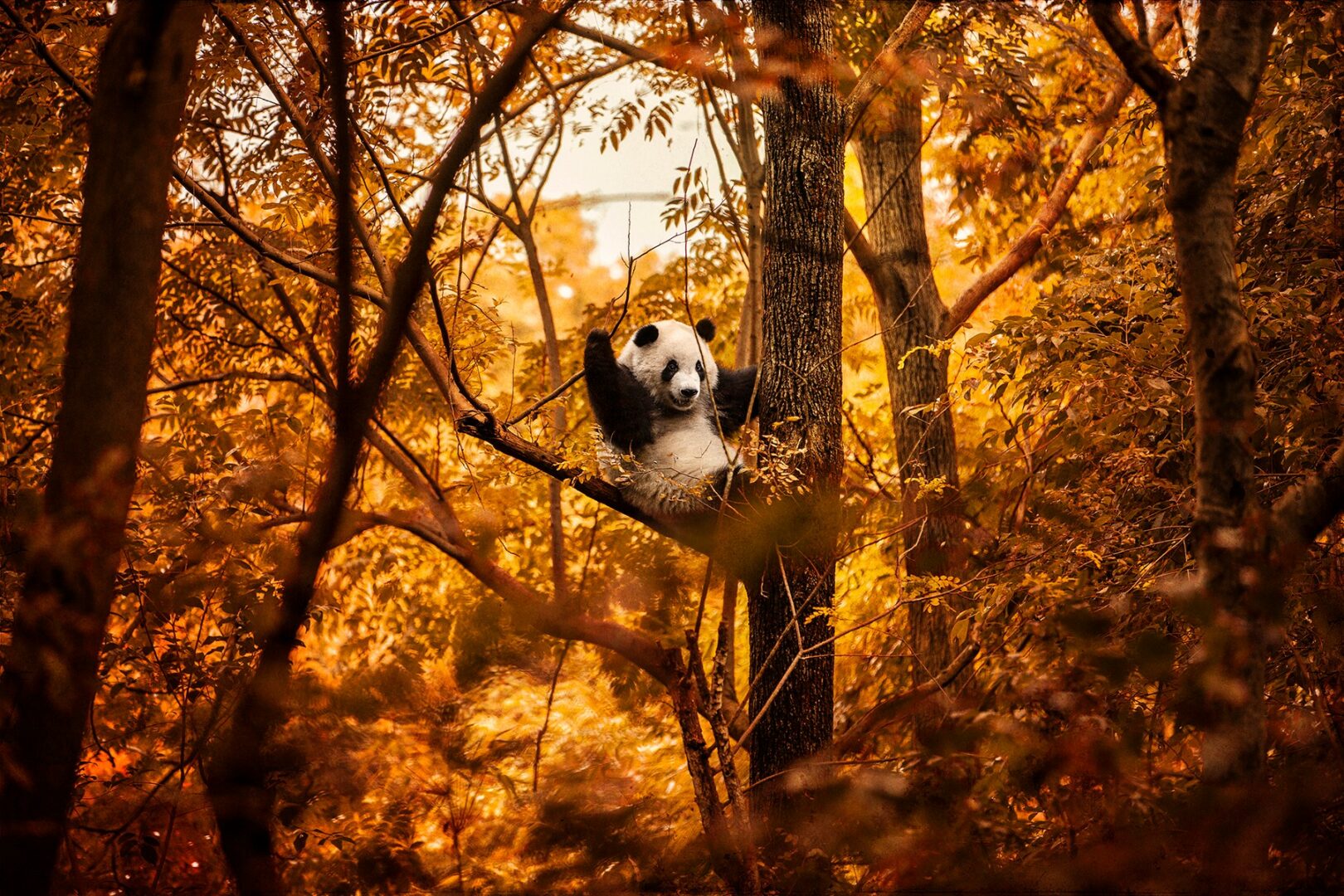
There is so much advice out there about all the different skills and qualities folks need to develop in order to succeed in today’s highly competitive environment and often it can feel overwhelming. So, if we had to break it down to just the three that matter most, which three skills or qualities would you focus on?
Honesty & Integrity
This is something I deeply value and strive to uphold in both my life and my work. It starts with being honest with yourself—acknowledging who you are, how much you have yet to learn, and how far you still have to go. Staying grounded in reality keeps me from being consumed by ego, arrogance, or superficial success. Those fleeting highs might feel like wins in the moment, but they eventually wear off, leaving us wanting more.
For me, honesty is at the core of my creative process. Creating from the heart is just as important as honing technical skills to produce impactful work. I focus on making art that means something to me rather than comparing myself to others and feeling inadequate when I don’t align with their style. We each have a unique way of seeing the world, shaped by our experiences—both good and bad—and that individuality is what fuels meaningful creativity. I find I’m most inspired when my mind is free of comparison, doubt, and distraction. Embracing this approach fosters integrity, not only in my art but in my business as a whole.
Commitment
I once heard a story about the Vikings arriving at a new land and burning their boats so they had no choice but to move forward. That mindset resonated with me deeply, and I applied it to my own journey. When I was working part-time while trying to establish my photography career, I decided to “burn the boats”—I left my stable job and fully committed to making photography my full-time career. It was terrifying, and I had no idea where I would end up, but I stayed the course, and in the end, it paid off.
That’s not to say it wasn’t difficult at times. There were struggles, uncertainty, and moments of doubt, but the rewards far outweighed the hardships. This philosophy now extends to all of my art projects, no matter how big or small. I never consider a piece truly “finished” because the commitment to the craft is ongoing—there is always room for evolution and refinement.
Development
Just as my work is never truly finished, neither am I. Growth is constant—both as an artist and as a person. There is no final destination, only new levels of improvement to reach over time. I love looking back at my earlier work, not with embarrassment, but with appreciation for how far I’ve come. It reminds me that the journey of development never really ends, and that’s something I find both freeing and exciting.
To stay inspired, I immerse myself in music, film, reading, and researching artists whose work resonates with me. I draw from personal experience, memory, and even past traumas, allowing my art to shift and evolve while still maintaining its core identity. Over time, my work may change in appearance, but its essence remains rooted in my perspective and experiences.
For Those Just Starting Out
The most important advice I can give is this: create in a way that feels authentic to you. It’s easy to compare yourself to established artists, but that mindset does nothing to serve your creative journey. Every artist comes from a different headspace, and discovering your own is one of the most important steps you can take.
You don’t have to do everything at once—this should be an enjoyable process that pushes your boundaries and allows you to express yourself in new and meaningful ways. Start small. Whether it’s picking up a paintbrush, a camera, a phone, or a piece of clay—just start. In 30 years, you’ll be more grateful that you did than if you hadn’t.
If you’ve already started, consistency is key. That doesn’t mean creating every single day—sometimes it’s about brainstorming, sketching, walking, or even just letting ideas marinate in your mind. My best ideas often come to me in the shower—I have no idea why, but that’s how it happens! The important thing is to keep your mind engaged with your art and think about where you want it to take you. The last thing I have to share is, if you don’t want to create or even think about it one day, don’t. Give yourself a break from the creative energy flow. It’s only when we force things that creative blocks arise.
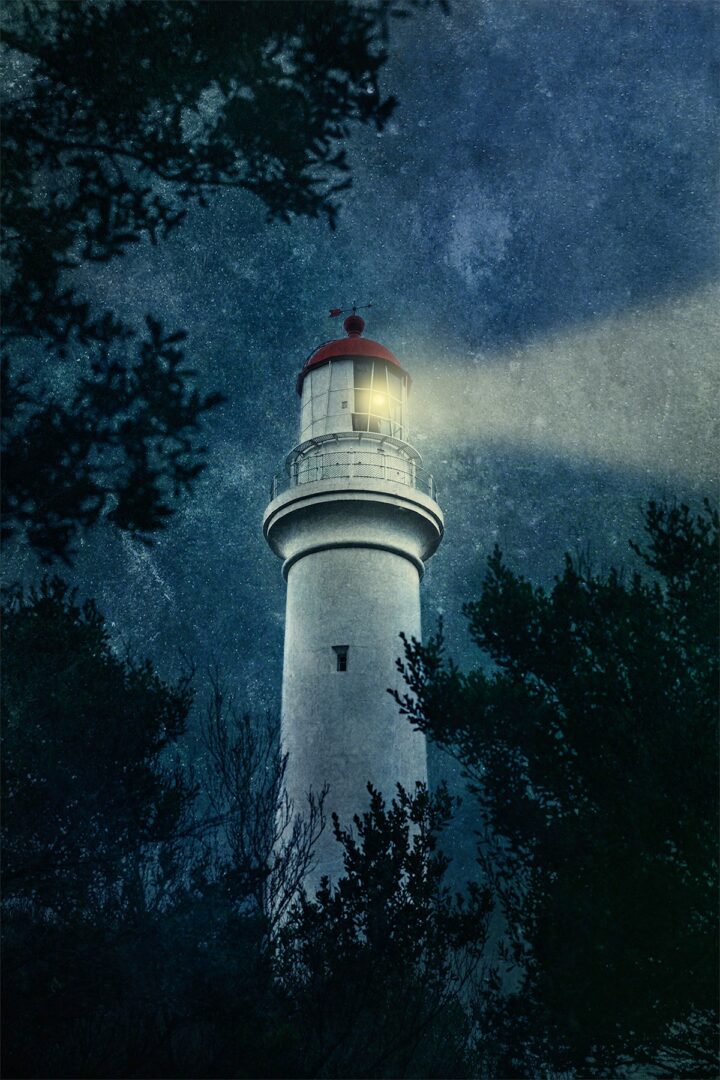
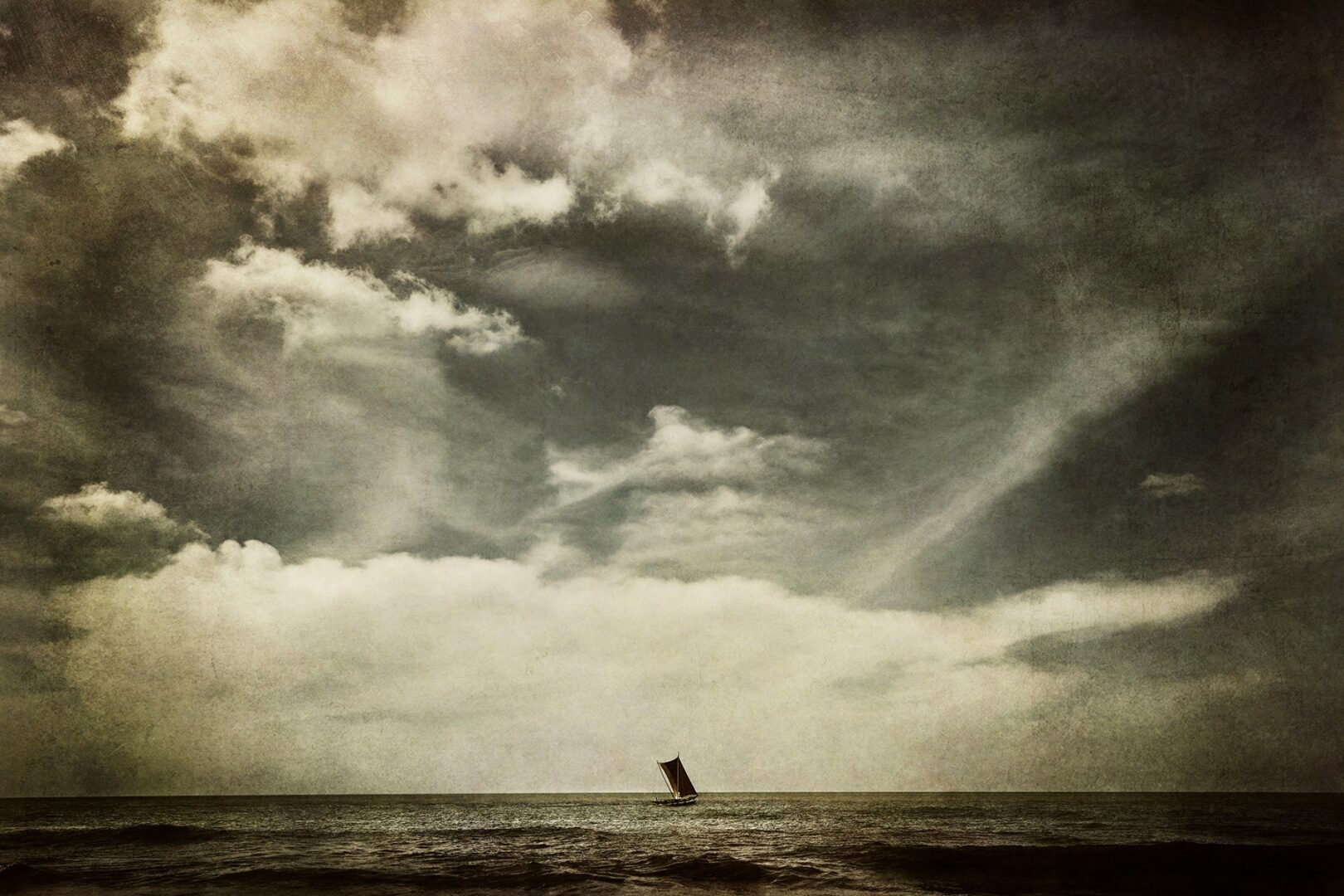
All the wisdom you’ve shared today is sincerely appreciated. Before we go, can you tell us about the main challenge you are currently facing?
One of the biggest challenges I’ve faced—and continue to face—is gaining exposure and finding the right people to collaborate with, represent me, and align with my vision. The art world can be a difficult space to navigate, especially when searching for those who share the same values and integrity that I strive to uphold. I’ve had my fair share of setbacks, including bad business deals that have tested my endurance and resilience. While I’ve learned from those experiences, they’ve reinforced the importance of being selective about who I work with.
What has kept me going through it all is refusing to take things personally. Whether it’s not hearing back from a gallery or agency, receiving a generic rejection letter, or even being misled, I’ve had to remind myself that these setbacks are not a reflection of me or my work. As artists, it’s easy to take rejection to heart, but I’ve learned to separate myself from my creations in a way that allows me to push forward. Over the past six months, I’ve stayed persistent, moving past the negatives until I finally connected with the right people. Perseverance is key—success in the art world is often about endurance rather than immediate wins.
One of the biggest lessons I’ve taken from this journey is to never compromise my standards or values for the sake of opportunity. It’s tempting to chase the “golden egg,” but if something doesn’t align with who I am or what I stand for, it’s simply not meant for me.
I’m always open to connecting with like-minded artists—whether for collaborations, support, or simply to share ideas. If you’re on a similar path, I’d love to hear from you!
Contact Info:
- Website: https://www.andrewpara.com
- Instagram: @andrewparaphoto
- Linkedin: https://www.linkedin.com/in/andrewpara
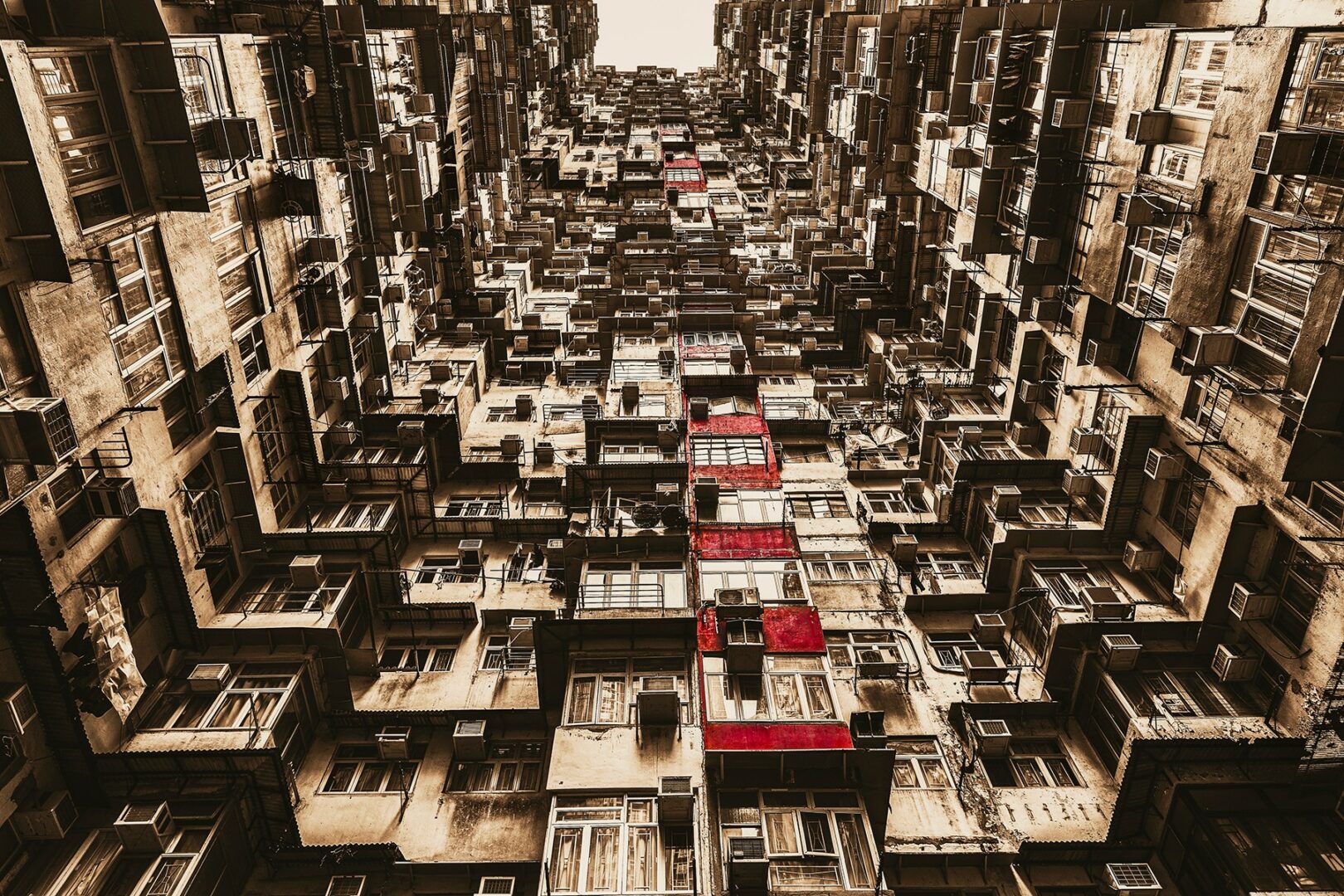
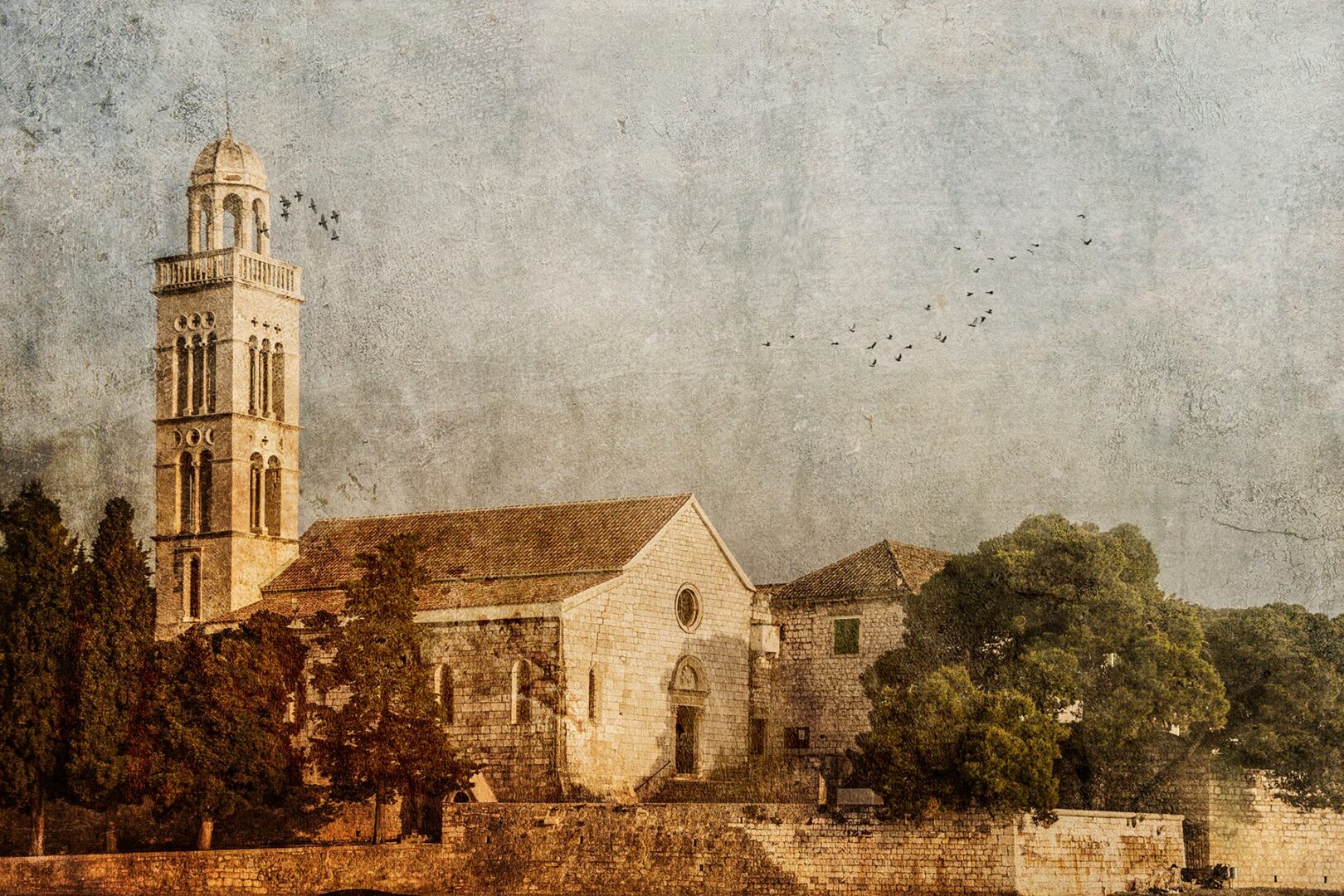
Image Credits
Andrew Paranavitana
so if you or someone you know deserves recognition please let us know here.

